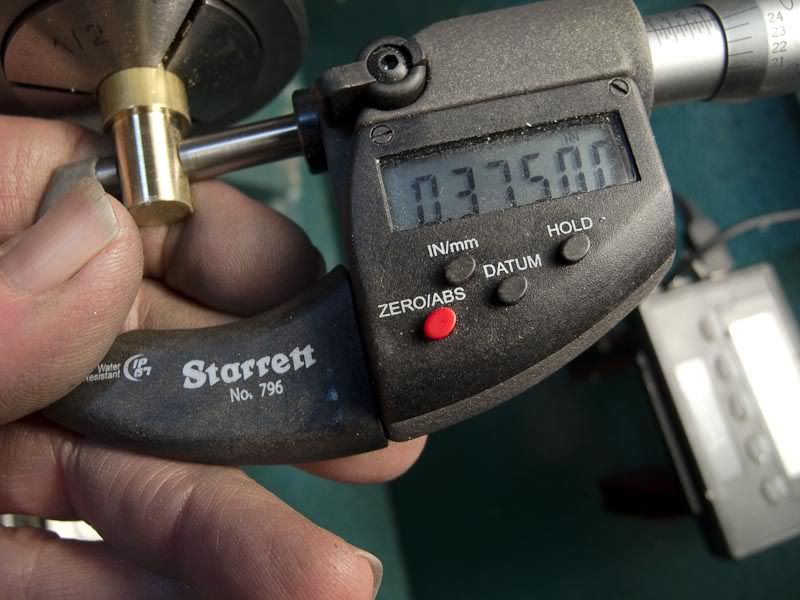Stan,
Please don't fall into the precision trap.
You will find you will spend more time trying to reach the almost impossible size, rather than concentrating on getting the part made.
In industry, or when doing work for others that requires such low tolerances, then fine, go for it. But for normal home workshop work, it just isn't necessary.
I used to aim for tenths when my shop was set up as a precision machining shop, but now, almost everything I make, is made to a thou accuracy, or even a couple of thou sometimes, all depending on what I am making.
Your time would be better spent trying to learn 'quickfix' problems you will eventually encounter, like where you have to make a turned part 'grow' a couple of thou, to give you a nice interference fit.
These things will be a lot more useful to you later rather than searching for supreme accuracy.
John









